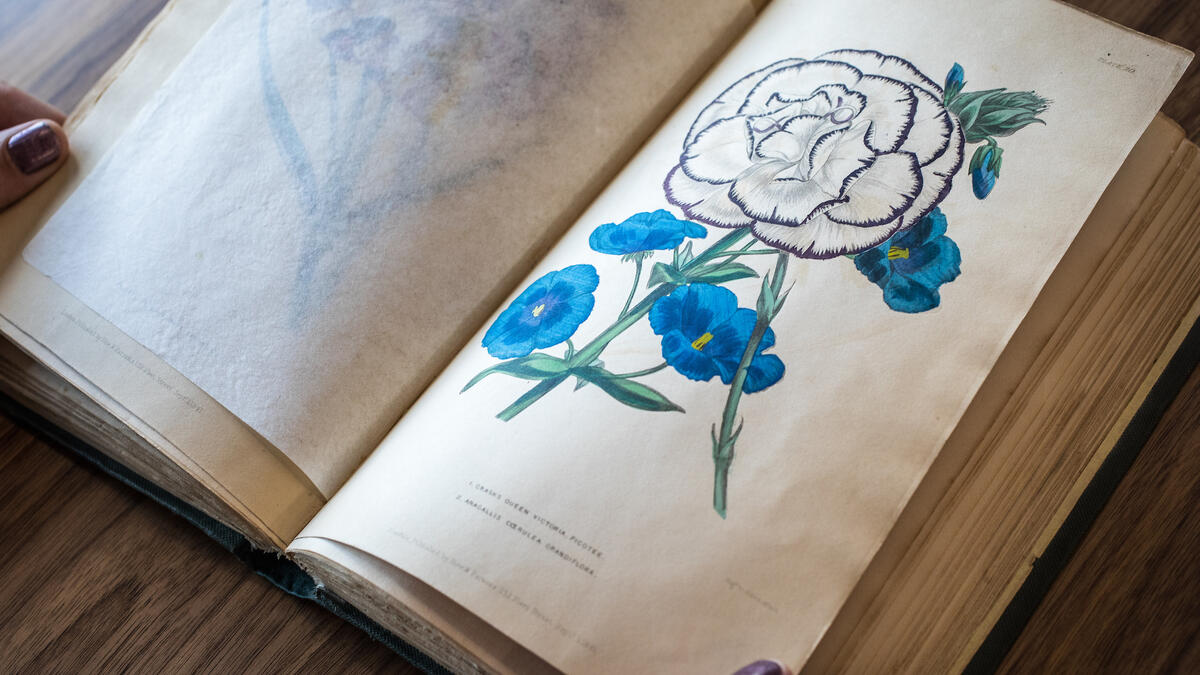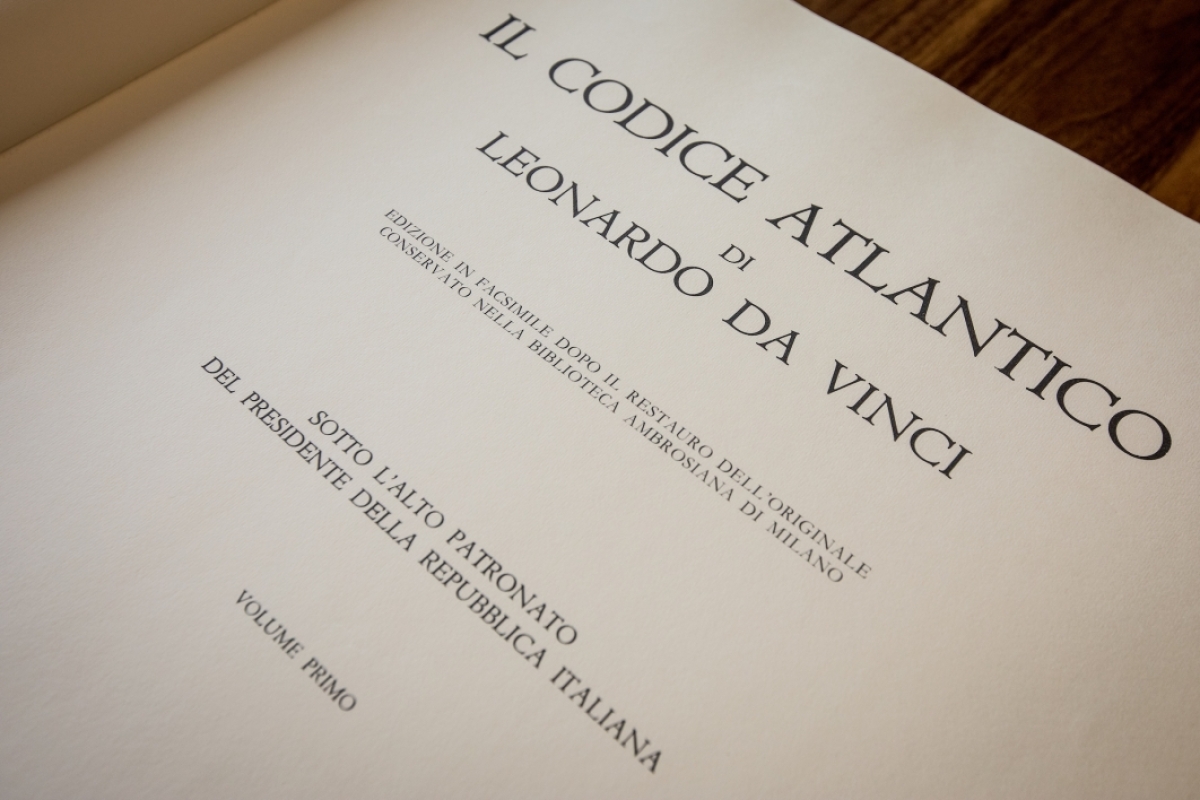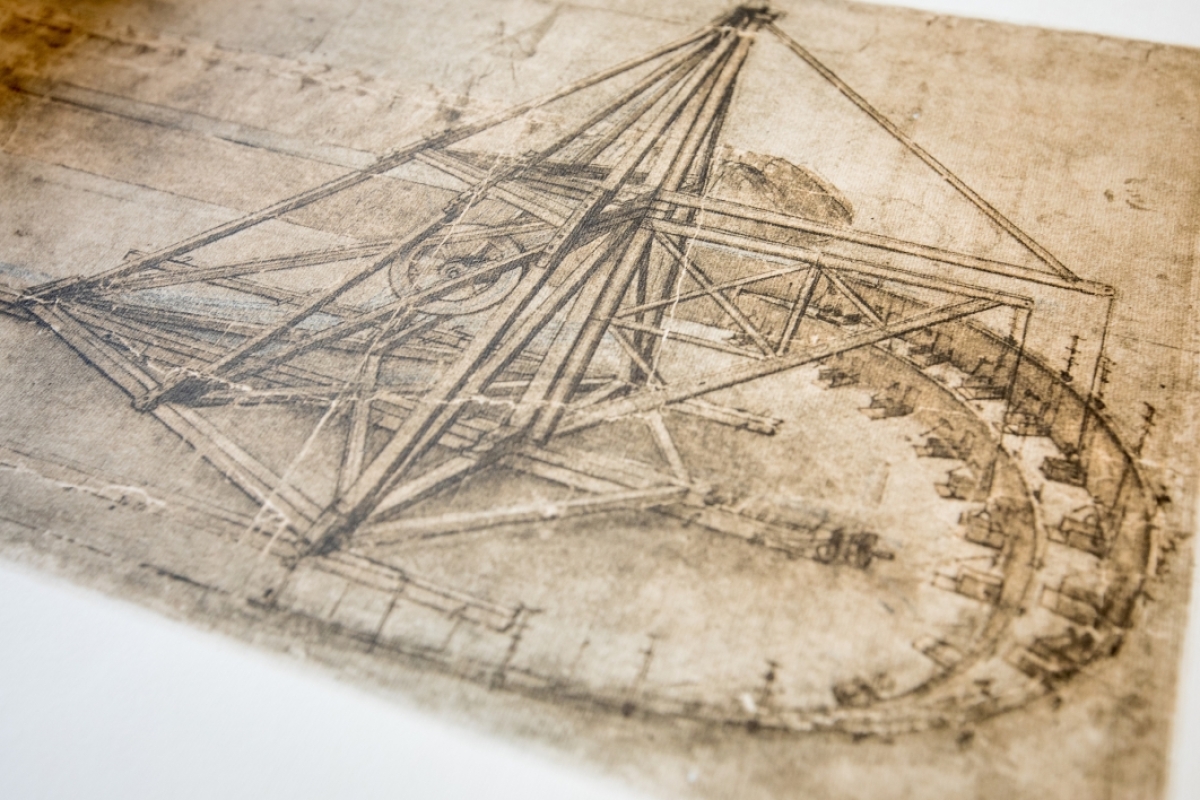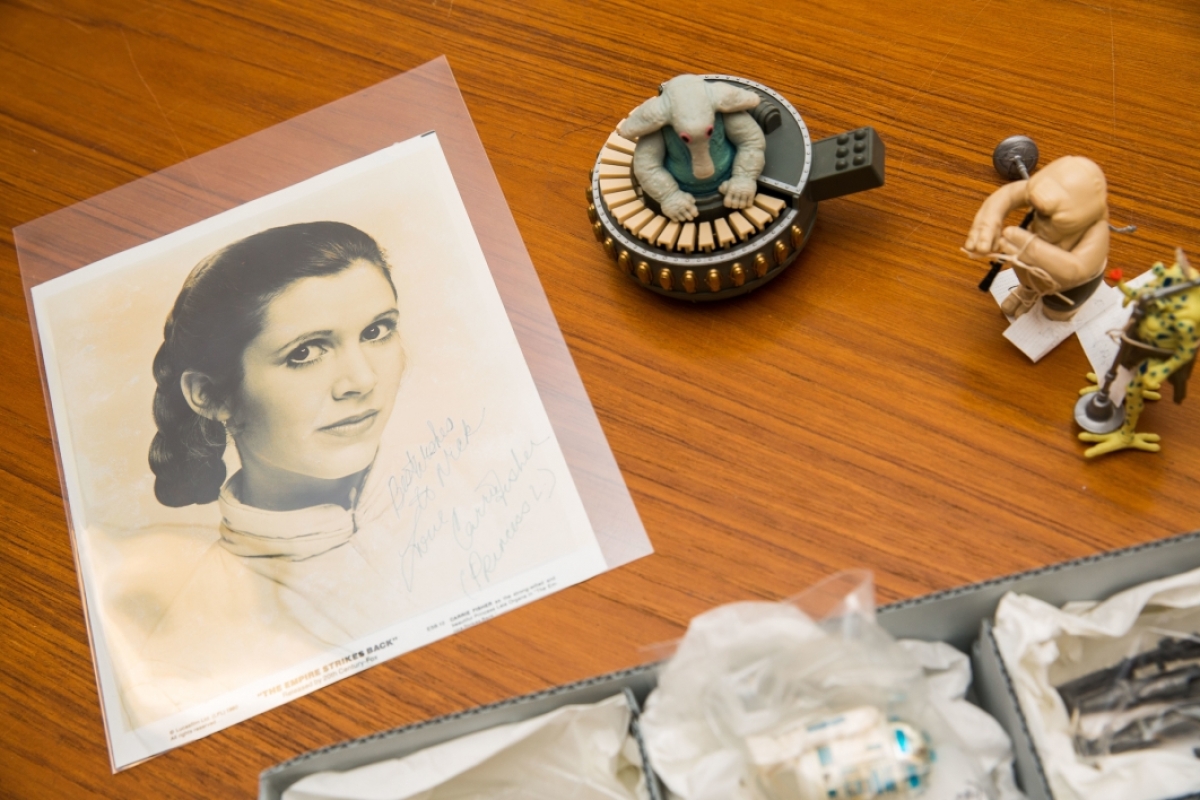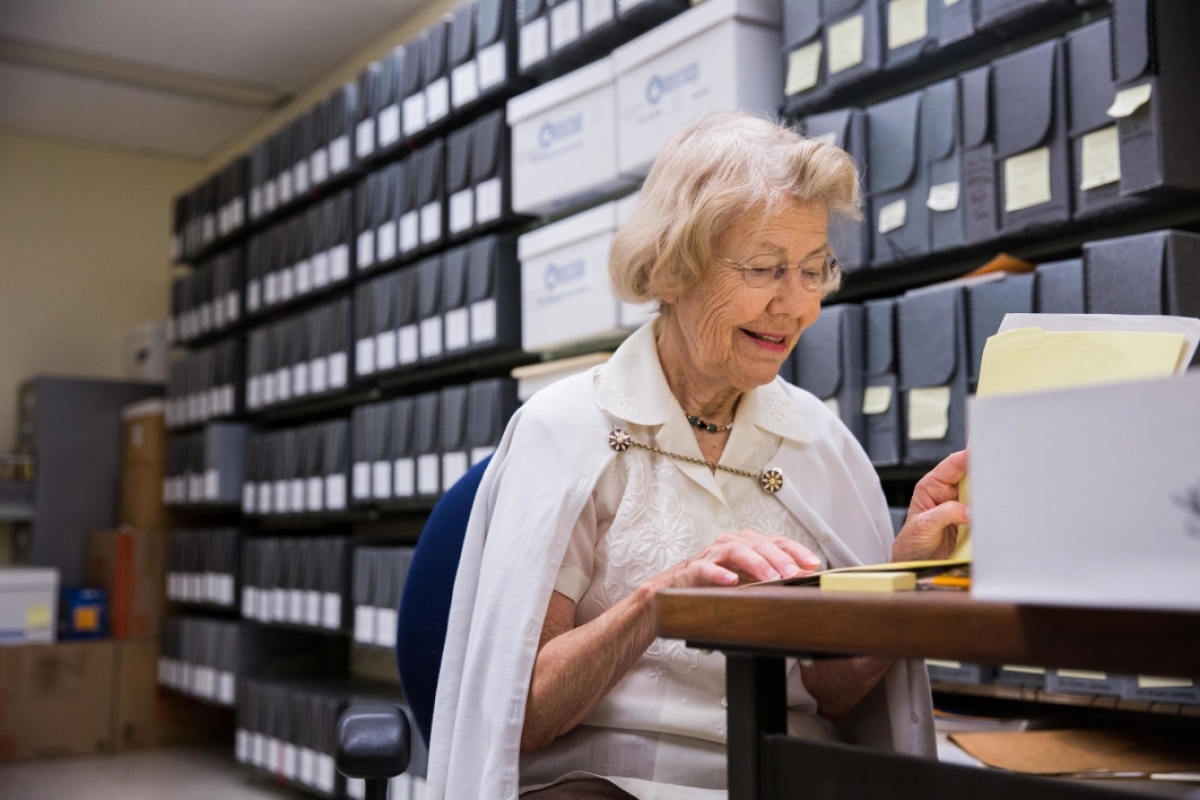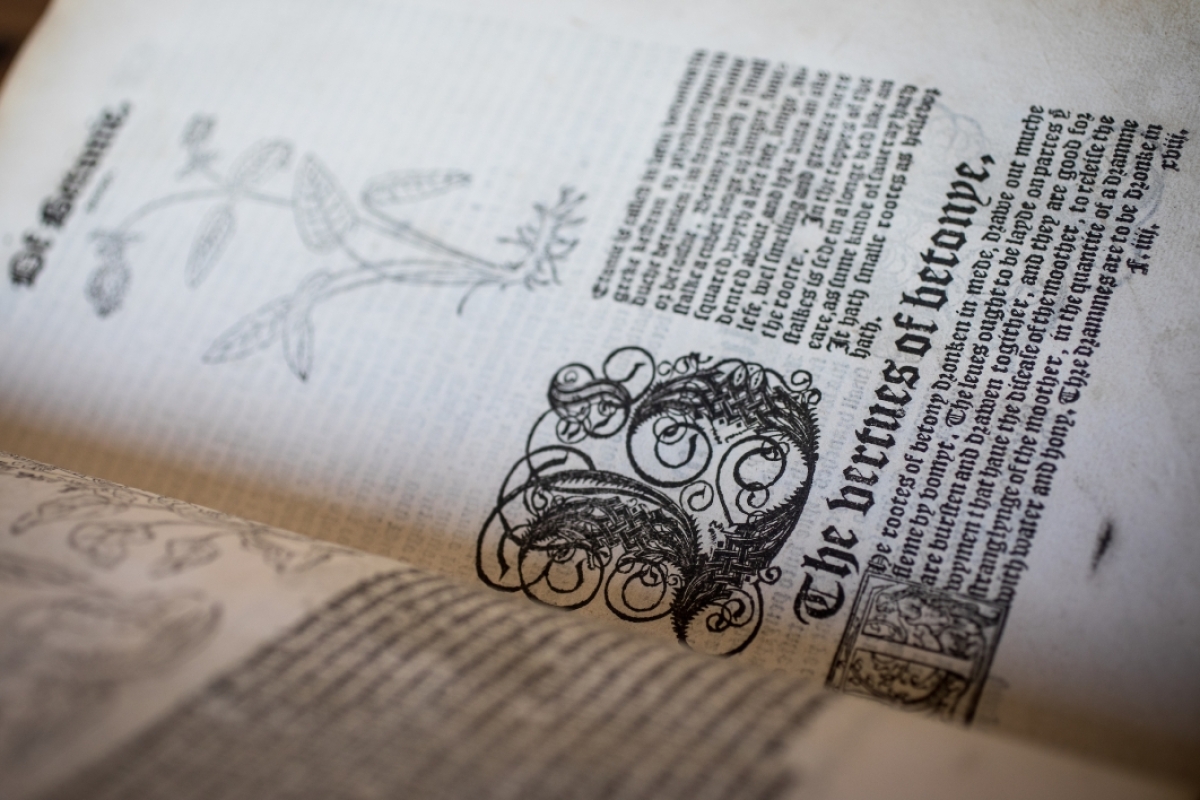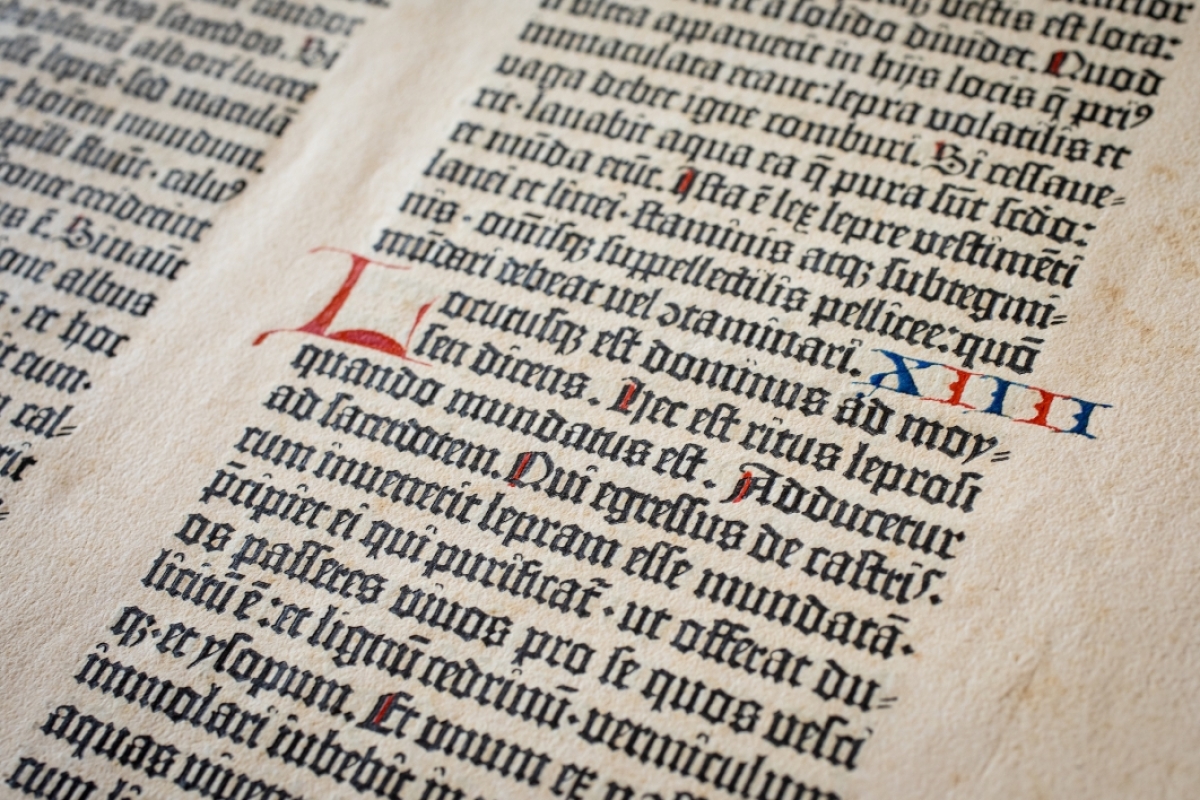It was Marilyn Wurzburger’s attention to detail that landed her a job as a cataloguer at the Arizona State University Library in 1960, but it was her determination and the 4 o’clock hour that launched her career as a rare books librarian.
Four o’clock was typically a quiet time in the library, a time when the man who would become her mentor, Associate University Librarian Jay Dobkin, would frequently ask her to walk with him for a custom tour of the library’s archives.
At first, she hesitated; Wurzburger was “just a cataloguer” after all.
“He said, ‘Marilyn, you’re the best cataloguer I’ve got, and I’d like to train you to become the rare books cataloguer.’ Well, that was the beginning,” she said. “We’d check the books’ bindings, the printer, the sources, the notations and the provenance,” she said. “He would ask me, ‘How would you describe this?’ Well, I was having a ball. It was like going to school. I was learning all the time.”
When Dobkin resigned from his position due to an illness, he recommended Wurzburger for the job.
By then it was 1973, the year she became the acting head of Special Collections. The official title came a year later.
“I never felt like a real scholar but I had a willingness to learn, and I was blessed with people who stepped up to help me,” said Wurzburger, whose lack of a master's degree did little to keep her from becoming a driving force in the significant growth of the university’s archival materials over the latter half of the 20th century.
Marilyn Wurzburger (right) talks to visitors, including Karla Elling (left), a former faculty member with the ASU Department of English, about the ASU Library's special collections during the Hayden Library's 50th anniversary celebration in 2017. Photo by Anya Magnuson/ASU Now
As the head of Special Collections for over 30 years, Wurzburger guided the acquisitions of such notable items as "The Codex Atlanticus," a 12-volume set of drawings and writings by Leonardo da Vinci, and a leaf from the Gutenberg Bible.
Today, Wurzburger continues that legacy through a $1 million endowment gift to the ASU Library, which will serve to bolster the university’s access to rare archival materials in support of advancing the learning and research pursuits of the ASU community.
Her gift will be made visible to all who visit the newly named Wurzburger Reading Room located on the ground floor of the reinvented Hayden Library.
“Library distinctive collections are places where the past inspires the future,” said University Librarian Jim O’Donnell. “Marilyn Wurzburger’s decades at ASU dramatically enriched our ability to bring the past to our students and faculty, and now her magnanimous gift will enrich our ability to continue doing so into the future.”
Wurzburger, who was successful in cultivating friendships around the university and in the book world, delighted in helping scholars with their research, acquiring new materials and forging connections.
“People who worked with me, we felt like family,” she said. “When we’d get new books, we’d all look at them. We all worked together to get the answers to our patrons' questions. I would try to keep my staff informed of what was happening all around us.’”
In 1993, Wurzburger wrote a winning letter — described by her boss at the time as “probably the greatest letter of her life” — which compelled the Patten family to gift to Arizona State University a rare collection of botany literature dating from the 15th century.
The acquisition of the Doris and Marc Patten Collection of Herbals and Early Gardening Books delivered a stunning example of early book design to the Rare Books Room of Hayden Library, where it has likely inspired and informed the ideas of many a biology student, illustrator and historian.
“I knew it was a stellar collection, but I didn’t realize it was quite so unique,” said Wurzburger, who had originally estimated the collection’s value at about $500,000 before discovering its worth was well over $1 million.
The collection, with its beautiful bindings and incunabula, remains one of her favorites to this day.
“Sixteen boxes of the Patten Collection arrived. It is truly thrilling to see such treasures,” wrote Wurzburger in her journal on Nov. 24, 1993, a daily habit she developed early in her career at the suggestion of her husband, Dick, who took an interest in her work and often got to meet library donors personally in the Wurzburger home, where Marilyn, a two-time Pillsbury Bake-Off contestant, frequently hosted dinners.
“Dick enjoyed my work very much, and we both got to meet so many wonderful people, interesting people, over the years,” she said.
They also had some adventures.
Wurzburger recalls a particularly lively road trip to La Jolla, California, in their Lincoln sedan to gather the materials of Patricia Kennedy Lawford, including the papers of English actor Peter Lawford that were in her possession.
“Dick and I arrived at Mrs. Lawford’s apartment only to find a mound of stuff in the middle of her living room,” she said. “We took one look and knew it was going to be a long day.”
After a full day’s work, the Wurzburgers had packed all the boxes, readying them for shipment to Tempe the following week, when Mrs. Lawford made a surprising announcement: The boxes, she insisted, must leave her apartment the next day.
The couple promptly rented a van to drive the boxes back to Tempe, themselves, the following day, and purchased a walkie-talkie compatible with the CB radio that Dick, an electrical engineer, had installed in the couple's Lincoln so that Dick could help guide a slightly anxious Marilyn, who was unaccustomed to driving, all the way home.
“I drove back that night with his voice in my ear,” said Wurzburger of her late husband. “He’d say, ‘OK, Marilyn, we’re going to turn now.’ He was always very supportive of me and my work, which meant so much because, in many ways, I was learning on the job. I was just feeling my way.”
The Lawford papers are among several collections housed at the ASU Library, including the Nicholas A. Salerno Star Wars Collection, that document the history of American film, theater and television.
Wurzburger says it was Dick’s idea to leave something behind at the place that had meant so much to her.
“I’ve led a charmed life and there have been so many good things,” Wurzburger said. “I’m looking forward to seeing what kind of future opportunities this endowment can make possible for others. When you do philanthropy while you’re alive, you get to see all the fun.”
Lorrie McAllister, associate university librarian for Collections Services and Analysis at the ASU Library, says the endowment is more than a gift — it is a sign of trust.
“It is a sign of the trust that Marilyn has in our ability to transform lives through our work in the library,” McAllister said. “I am grateful to Marilyn for this opportunity to enhance our collections and promote learning and scholarship and look forward to the change that she has made possible.”
Over the course of her 48-year career at ASU, Wurzburger wrote several texts, including a history of the ASU Library and of Special Collections, which included her journal writings.
In her last journal entry, on the day she retired in 2009, Wurzburger, a tireless librarian and lifelong learner, wrote: “Still much to do.”
Top photo: "The Florist's Journal 1841," part of the Doris and Marc Patten Collection of Herbals and Early Gardening Books, acquired by the ASU Library in 1993. Photo by Charlie Leight/ASU Now; Courtesy of Rare Books and Manuscripts, Distinctive Collections, ASU Library.
More Arts, humanities and education

2 ASU professors, alumnus named 2025 Guggenheim Fellows
Two Arizona State University professors and a university alumnus have been named 2025 Guggenheim Fellows.Regents Professor Sir Jonathan Bate, English Professor of Practice Larissa Fasthorse and…

No argument: ASU-led project improves high school students' writing skills
Students in the freshman English class at Phoenix Trevor G. Browne High School often pop the question to teacher Rocio Rivas.No, not that one.This one:“How is this going to help me?”When Rivas…

ASU instructor’s debut novel becomes a bestseller on Amazon
Desiree Prieto Groft’s newly released novel "Girl, Unemployed" focuses on women and work — a subject close to Groft’s heart.“I have always been obsessed with women and jobs,” said Groft, a writing…


